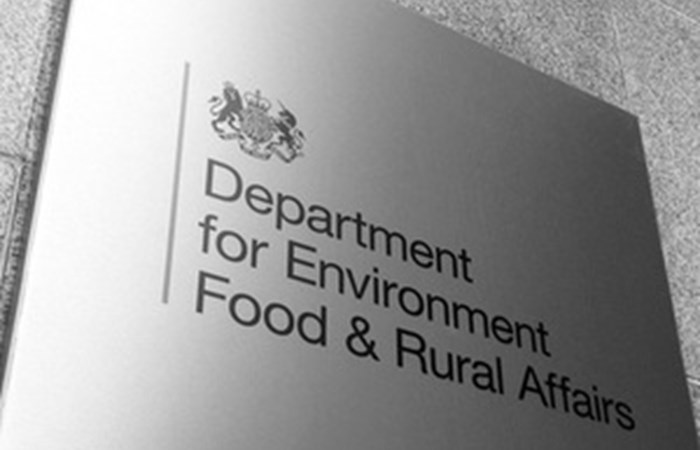Centre For Environment Fisheries Aquaculture Science

A newly validated method to test for the presence of the chemical pyridine in animal tissue and sediments has been developed by the Centre for Environment, Fisheries and Aquaculture Science (Cefas) and published in a report today (3 November).
Cefas was commissioned to develop and validate a quantitative method to test for pyridine in organic tissue and sediment after a crustacean mass mortality event that occurred in the North East of England during Autumn 2021.
In January 2023, an independent Crustacean Mortality Expert Panel (CMEP) of experts from academia and industry concluded it was very unlikely (< 10%) that pyridine was the sole cause of the crab deaths. This included considering the impact of industries such as chemical production and steelworks associated with historical production of pyridine in Teesside.
At the time of the initial investigation by the Environment Agency, there was no available validated method to test for pyridine in animal tissue, and the test used by the Environment Agency was adapted from the method that tests for pyridine in water.
The research reported today now provides a robust method to test for the presence of pyridine in animal tissue and sediments and has been reviewed by scientists from the Environment Agency.
Cefas has used the new validated method to re-analyse samples collected during the mass mortality event. This found low levels of pyridine in crab tissue and sediments, supporting the conclusion of the expert panel (CMEP) that it is very unlikely that pyridine caused the crab and lobster mortalities in the North East of England in October 2021.
Gideon Henderson, Defra Chief Scientific Adviser, said:
I welcome Cefas expert work to develop and validate this new analytical method for measurement of pyridine which now enables accurate and reliable measurements of this molecule in organic tissue and sediments. It will be a useful tool to assess potential pollution issues in the future, in UK waters and more widely.
I look forward to seeing this work in the academic literature and expect the method to be of interest to other labs working on contaminations and potential impacts on ecosystems.
Dr Rachel Hartnell, Cefas Science Director said:
This new method is a really useful addition to the scientific knowledge that can be used to assess pyridine in animals and sediments. The methodology is now available if there are future mass mortality events and for other organisations to also carry out their own research.
That work will shortly be submitted to an academic journal for peer-review. Pending peer review, the report is available on gov.uk given public interest in the causes of crab deaths in North East England.
